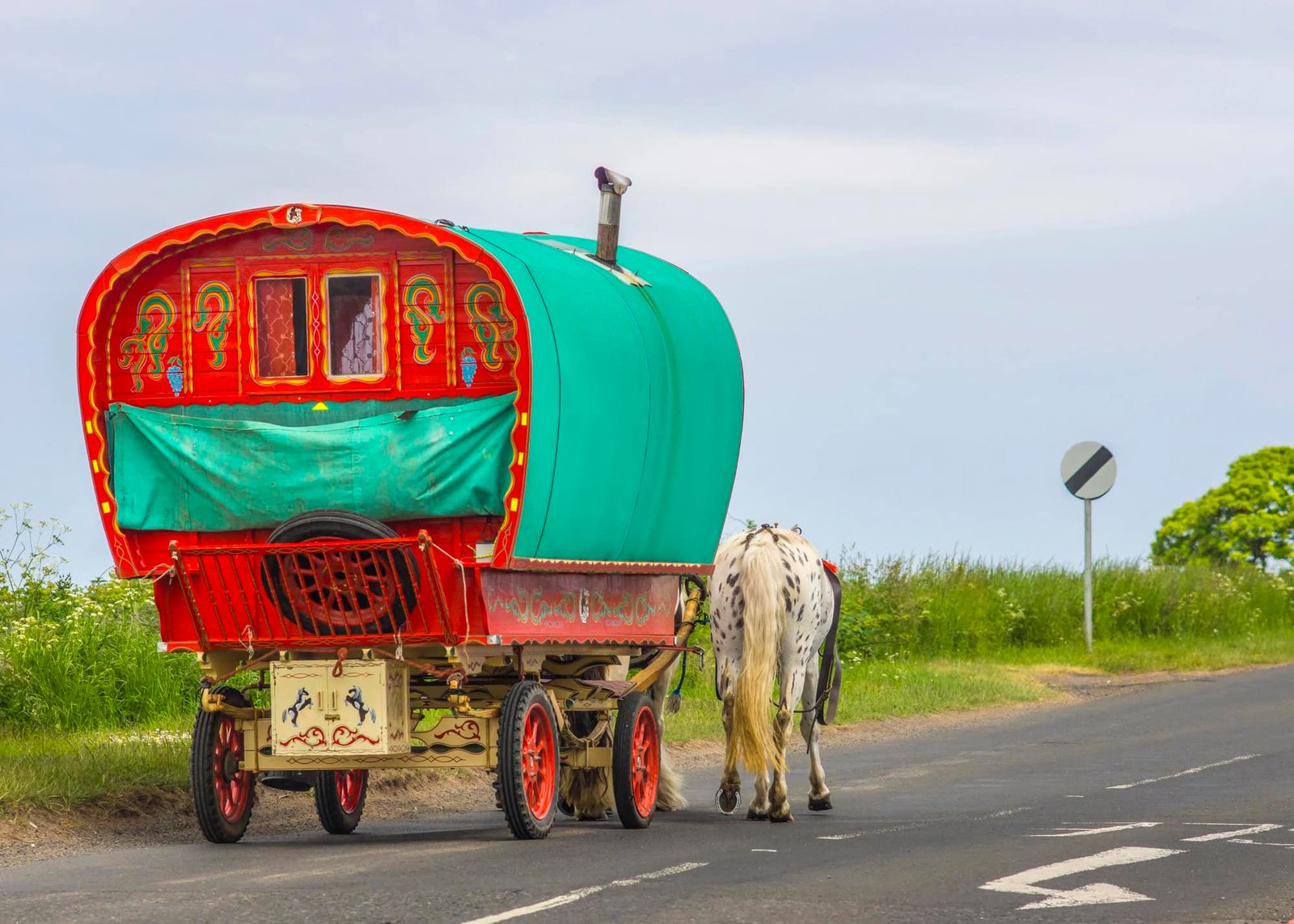What can we do to support Gypsy, Roma and Traveller students?
Gypsy, Roma and Traveller students attendance is the biggest unresolved equity issue in UK education, and yet remain absent from the national conversation on equity.
The worst attendance of any ethnic group in England
This is a blog post I have wanted to write since 2008! I have so many memories of working with GRT students; some of the funniest, and also most challenging moments in my teaching career. Despite national headlines, students from Gypsy, Roma and Traveller communities still record the worst attendance of any ethnic group in England.
The Department for Education (Dec 2024) reported that “Traveller of Irish heritage” students missed 22.9% of sessions and “White Gypsy or Roma” students 18.2%, compared with the national average of 7.4%. These students also experience disproportionately high exclusion rates and low continuation into further or higher education.
The House of Commons research briefing (May 2024) highlights that only 16% of Gypsy/Roma and 31% of Traveller of Irish Heritage students achieve a standard pass in GCSE English and maths—compared to 65% nationally. As documented in the Friends, Families and Travellers briefing (Nov 2023), this is not a new trend but a long-standing equity gap that is now statistically visible at every stage of the school system.
Image: DfE, 2024
Why? Cultural barriers and fear of racism
In addition, attendance is the gateway to curriculum access, staff relationships and student belonging. When Gypsy, Roma and Traveller students miss nearly one in five sessions, opportunities for learning, connection and progression shrink rapidly.
Our fixed education system—term dates, timetables and policies—often fails families with nomadic heritages. Cultural barriers and fear of racism compound these structural mismatches. The ONS census analysis (2022) confirms that discrimination, lack of cultural inclusion, and low staff expectations all influence poor outcomes for GRT children.
Exclusion data reinforces the issue. The Traveller Movement report (2016) found that Traveller pupils in parts of London were 20–60 times more likely to be excluded. In 100% of reviewed cases, exclusion appeals for GRT students were successful—indicating systemic flaws, not individual behaviour.
The need for culturally competent, restorative approaches
Most importantly, schools must track and publish disaggregated data on attendance, attainment and exclusion for Gypsy, Roma and Traveller students. Transparency brings accountability and gives permission to act. Recruiting GRT community liaison staff, offering flexible re-entry pathways, and ensuring positive GRT representation across the curriculum can improve belonging. June’s Gypsy, Roma and Traveller History Month offers a springboard for this work.
Behaviour policies must be reviewed. The 2024 House of Commons briefing outlines the need for culturally competent, restorative approaches, not disproportionate exclusions. Staff CPD should consider racial literacy and bias awareness, especially relating to GRT identity.
Reflection questions for teachers:
- Are Gypsy, Roma and Traveller students visible in school/college improvement plans?
- What is the attendance rate for GRT students in comparison to others?
- Does the school engage with local GRT liaison or community groups?
- How do governors monitor exclusion and progression outcomes for GRT students?
- Are positive GRT stories and histories embedded in the curriculum?
- Does the school mark Gypsy, Roma and Traveller History Month?
- Are teachers trained in GRT culture, discrimination, and inclusion?
- How are parents supported if they lack digital access or confidence?
- Are dual-registered students given learning continuity when travelling?
- What evidence do staff use to understand GRT needs beyond assumptions?
In summary: What improves GRT attendance?
- Track and publish disaggregated GRT data
- Engage with GRT community liaison workers
- Offer flexible pathways and cultural curriculum inclusion
- Replace punitive exclusions with restorative practices.
Gypsy/ Roma and Traveller of Irish Heritage pupils consistently have the highest rates of permanent exclusion (expulsion) and fixed-term exclusion (suspension) of any ethnic groups.




